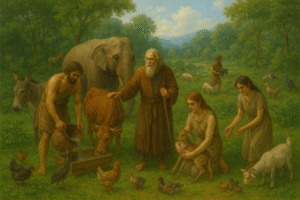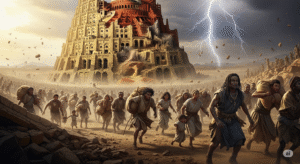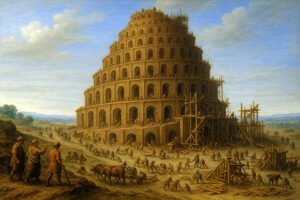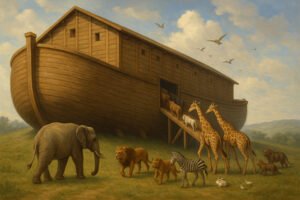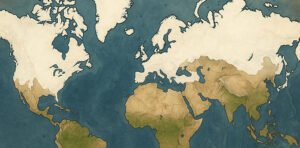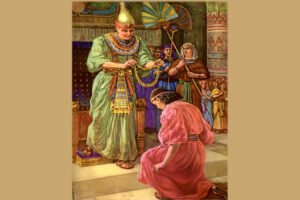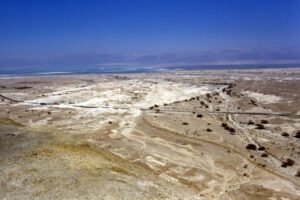After the Flood
Ron studied the Biblical account, history and various sciences because he was curious and interested. He concluded that when the introduction of evolution entered our world, all understanding of truth was corrupted when it came to Biblical Truth.
The following present his understanding of the events immediately after the flood and events that slowly took place as mankind ventured out into the new, unknown world. Many things previously thought to oppose the teachings of the Bible are here brought to light and shown to agree 100% with the Scriptures.
After the Flood Part 6- “The Early Years after the Flood”
After the Flood Part 5- “Noah and His Family”
After the Flood Part 4- Dispersion of People throughout the World
After the Flood Part 3- Babel and other Evidences
After the Flood Part 2- “The Animals on the Ark vs the Animals Today”
After the Flood Part 1- “The Ice Age”
After the Flood, Noah’s family repopulated the earth. Ron Wyatt discovered Noah’s Ark in Turkey, near Mount Ararat. As their descendants multiplied, they settled in Shinar, where Nimrod led the construction of the Tower of Babel in defiance of God. Wyatt confirmed that the ruins of this tower align with ancient Mesopotamian ziggurats. God judged their rebellion by confusing their languages and scattering them across the earth. Wyatt’s research provides archaeological evidence for these biblical events.
AFTER THE FLOOD |
TESTIMONIALS
A 27-year-old individual, expressed gratitude for the faith restored through Ron Wyatt's work. She acknowledged that his discoveries reignited her belief in God and emphasized the importance of continuing research and education to strengthen faith in today's world.

Destiny
a friend and associate of Ron Wyatt, described him as "the most humble, God-fearing man I have ever met." Fisher noted that Wyatt was not interested in fame or fortune but was solely dedicated to doing the Lord's will. He highlighted Wyatt's generosity, mentioning that Wyatt made a substantial income as a nurse anesthetist but donated most of it to support his archaeological work, including funding over 130 trips abroad .

Kevin F


